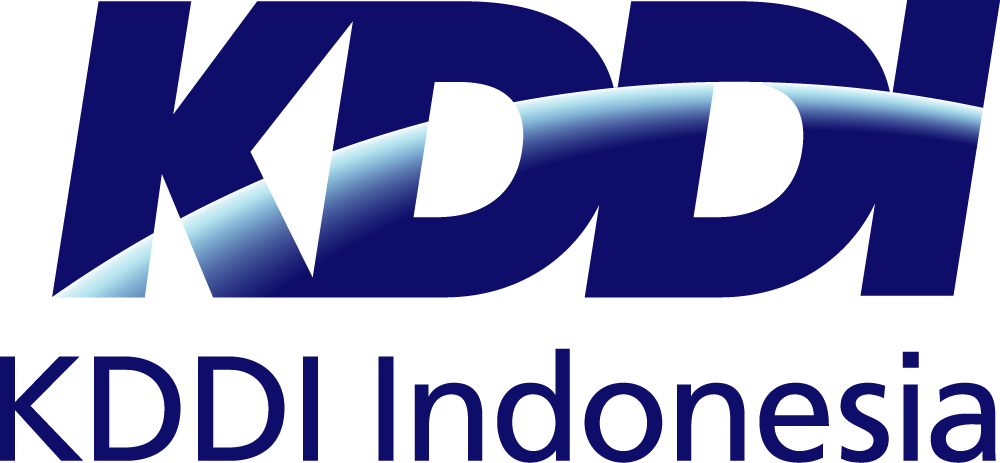Once you understand the practical approach to visualizing CO₂ emissions, implementing an appropriate solution becomes essential for advancing your initiatives. However, with a wide range of solutions available for visualizing CO₂ emissions, choosing the right one can be challenging. These solutions can be broadly divided into two types: “Cloud” and “On-Premises.” Each offers its own features and benefits, so it is important to select the option that best fits your company’s circumstances.
In this article, we compare cloud and on-premises solutions and introduce four specific solutions for visualizing CO₂ emissions. We also explain each solution’s features and advantages in detail.





























